
Drowning in Clutter? You're Not Alone
Research Shows Decluttering is Good for Your Stress Level
If you feel like too much clutter in your life is a problem, you are not alone. It’s no secret that unwanted junk in your home can cause stress, decrease your productivity and even trigger feelings of embarrassment. We polled 1,000 Americans to gather data about decluttering and home cleanout trends. Read through to see the positive benefits of decluttering, and what’s holding people back from getting started.
Who is Decluttering?
74.1% of Americans have completed a decluttering project within the last year.
According to our survey, 43.9% of Americans say they are very likely to start a decluttering project in the next 6 months, followed by 38.9% agreeing that it’s likely. Only 5.1% of Americans said it’s not likely that they will declutter a space in their home over the next 6 months.
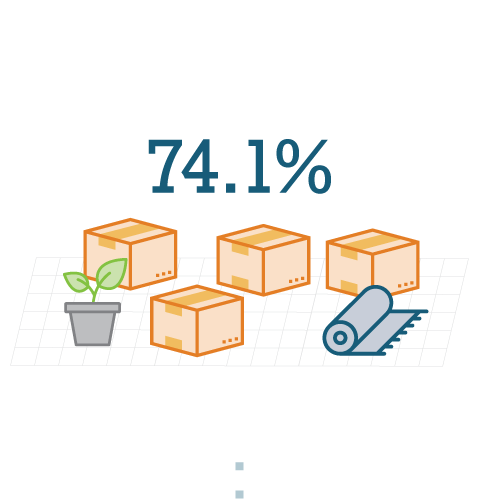
What’s Stopping You From Decluttering?
Over half of our respondents (58.9%) agree that the idea of completing a decluttering project makes them feel overwhelmed.
The top reason being that they are unsure of where to start.
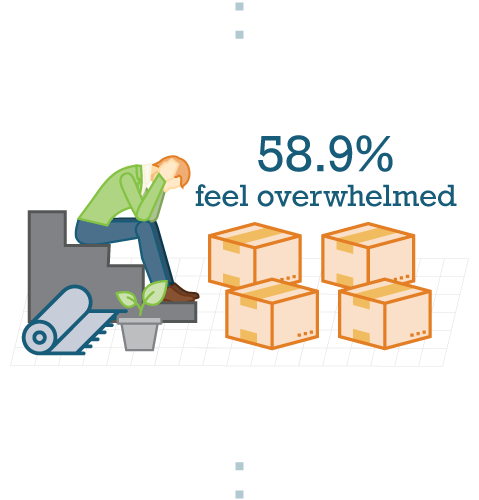
How Long Will it Take?
For those who haven’t started a decluttering project in the past year, most (37.5%) respondents reported that they would expect it to take a week.
25.1% of respondents thought it would take 2 or more weeks, and 17.0% thought it would take over a month.
It actually took those who did complete a decluttering project this year just one week to complete, and 27.5% finished the project in only one day.
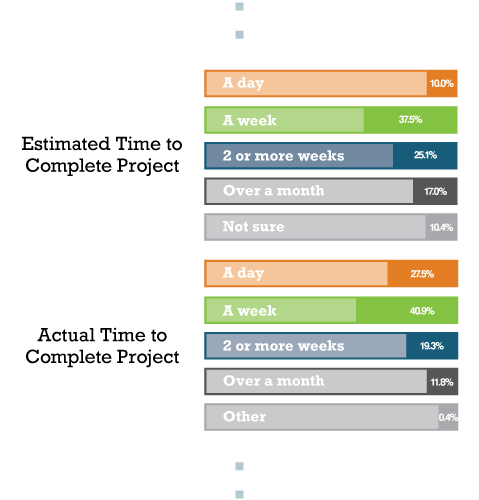
Where to Start Decluttering
Survey respondents said the top 3 most cluttered rooms in their houses were:
- Bedroom
- Living room
- Garage
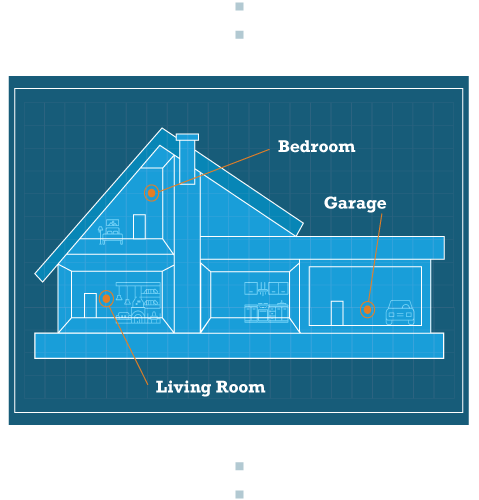
Respondents who had not started a decluttering project in the past year reported the main clutter in their homes to be:
- Clothing and shoes
- Sentimental items and keepsakes
- Children’s toys and accessories
- Kitchen gadgets and utensils
- Electronics and electronic accessories
- Books
- Other (paperwork, mail, arts and crafts supplies)
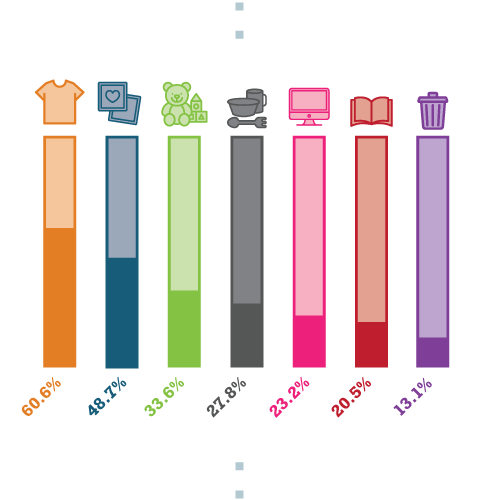
Respondents who had completed a project within the past year tossed out:
- Clothing and shoes
- Children’s toys and accessories
- Electronics and electronic accessories
- Books
- Kitchen gadgets and utensils
- Sentimental items and keepsakes
- Other
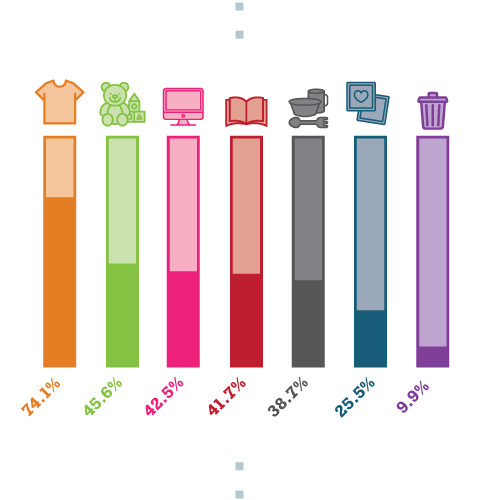
The “other” category includes paperwork, tools, old furniture and other unneeded junk. While this doesn’t fully align with the items reported by respondents who had not completed a decluttering project, some overarching trends name clothing and shoes as the number one source of clutter, and children’s toys and accessories near the top of the list for both.
49.5% of survey respondents who completed a decluttering project in the last year decluttered 2-3 rooms on average.
30.6% of respondents cleared out one room, and 19.6% tackled more than 3 rooms or their entire house.
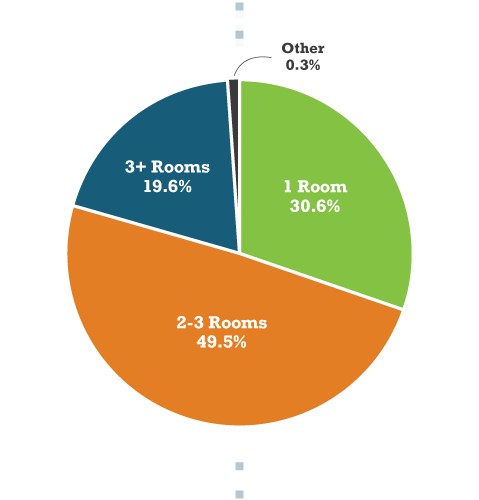
Where the Junk Went
The respondents who decluttered their home in the last year all got rid of their clutter in a combination of ways.
The most common way they eliminated their clutter was by donating it to a second-hand/thrift store (67.1%).
Overall, most respondents that did not donate their items used curbside trash pickup (48.3%), sold them in a yard or garage sale (25.1%), drove it to the landfill (19.4%) or rented a dumpster (15.1%).
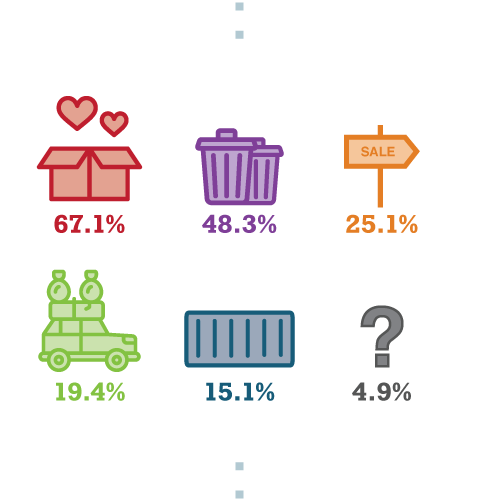
Benefits of Decluttering
Out of the respondents who completed a declutter project within the last year, most (35%) reported they did it to eliminate stress.
26.8% of respondents reported that they simply needed more space, 16.0% reported they were downsizing or moving, while others wanted to increase productivity or were going through a big life change (marriage, growing family, etc.).
Clutter can take a toll on your mental health, too.
Clutter and anxiety go hand in hand. 48.5% of respondents agree that having unwanted clutter in the house made them feel stressed. 42.5% strongly agree that having too much clutter makes them feel embarrassed.
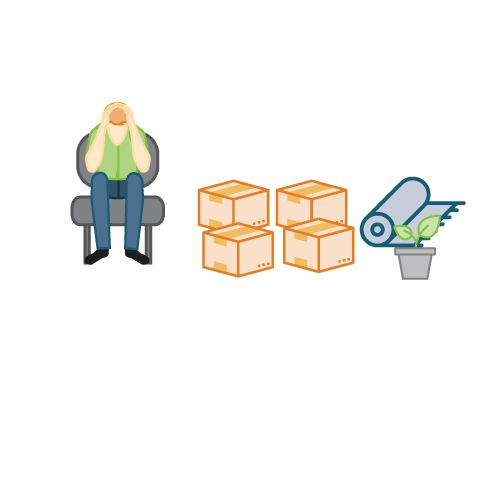
But decluttering can improve your self-image.
Those who completed a decluttering project within the last year reported that it made them feel better about themselves. 72.6% of respondents who decluttered within the last year say that their home overall felt less cluttered and more organized, and 61.7% agreed it reduced their stress level.
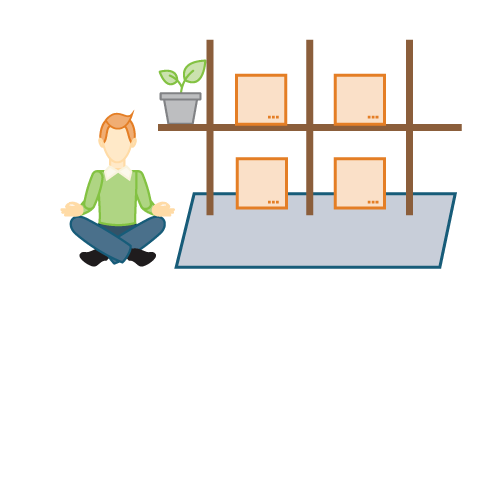
Ready to Declutter, But Not Sure Where to Begin?
Check out our ridiculously thorough decluttering guide, where you can learn how to get started and find expert tips to clear your way to a more organized, stress-free home.
About the Survey
Budget Dumpster partnered with Pollfish to gather data about decluttering and home cleanout trends. We used 1,000 responses from a random, nationwide survey of Americans. About 75% of Americans (741 out of 1,000 respondents) have completed a decluttering project in the past year. We found this data to be true with a +/-3% margin of error and 95% confidence.
Think these findings are interesting? Please feel free to share it with your network, or cite it in your own content. And check back with us for more surveys about decluttering and home improvement projects across America.
If you have any questions about the survey or want to know more, you can get in touch with us on Facebook, Twitter or at marketing@budgetdumpster.com.